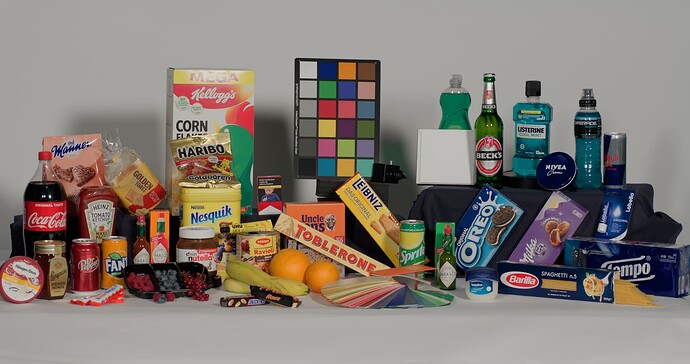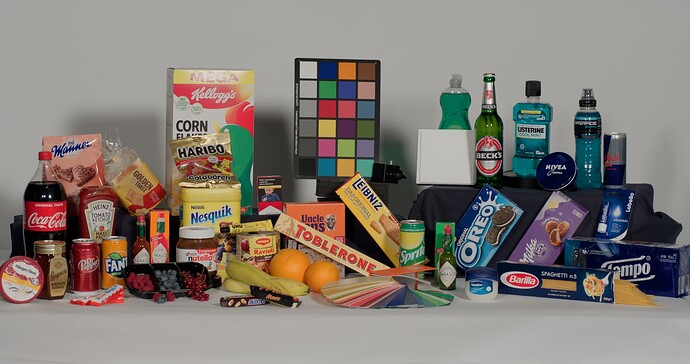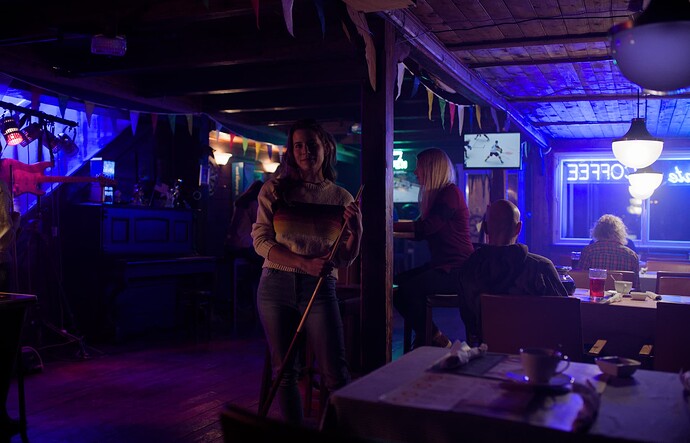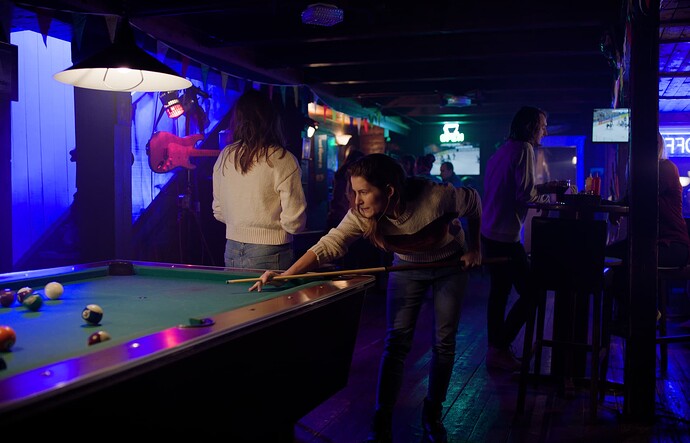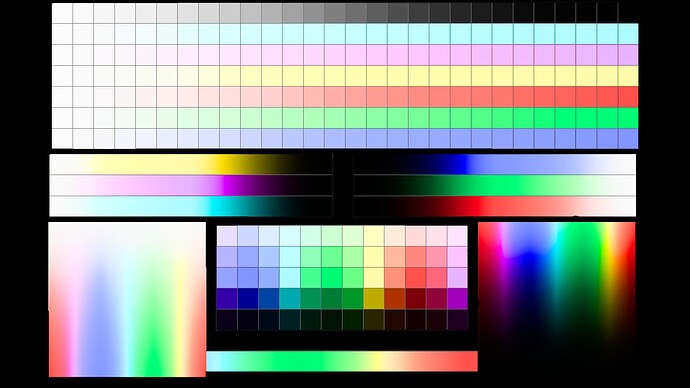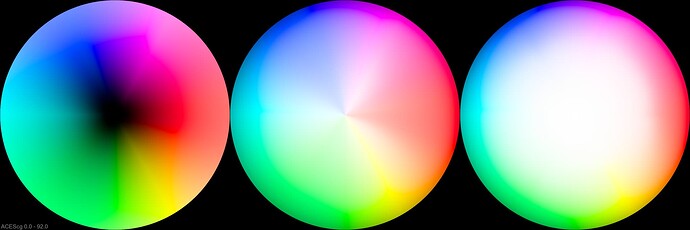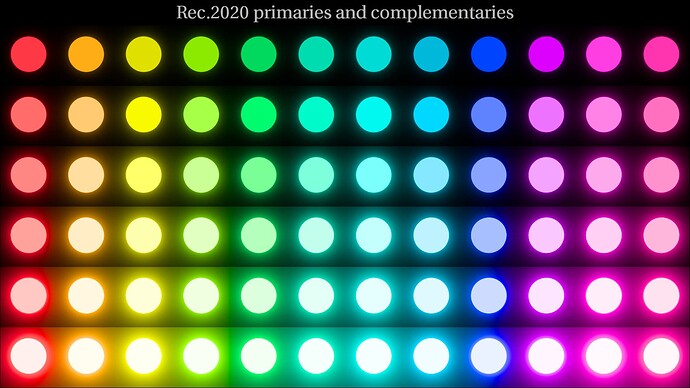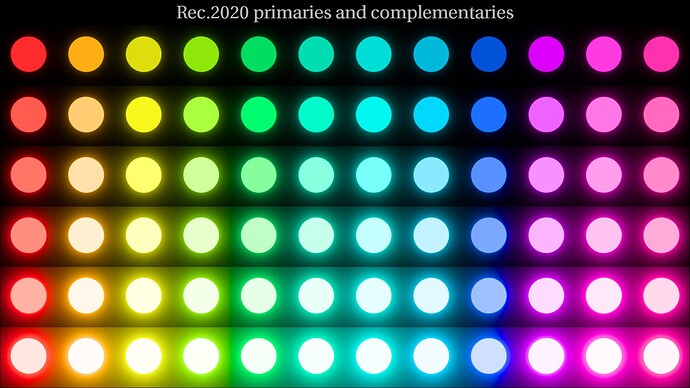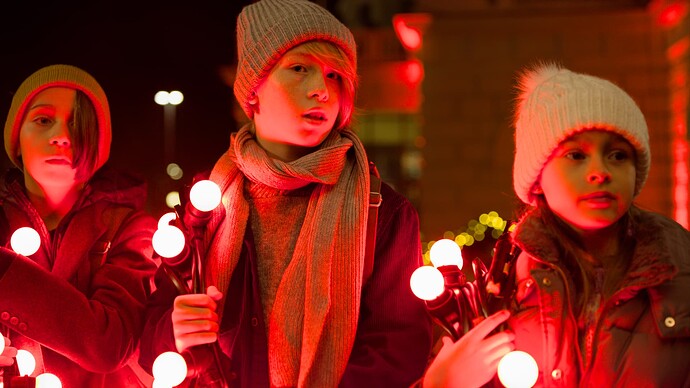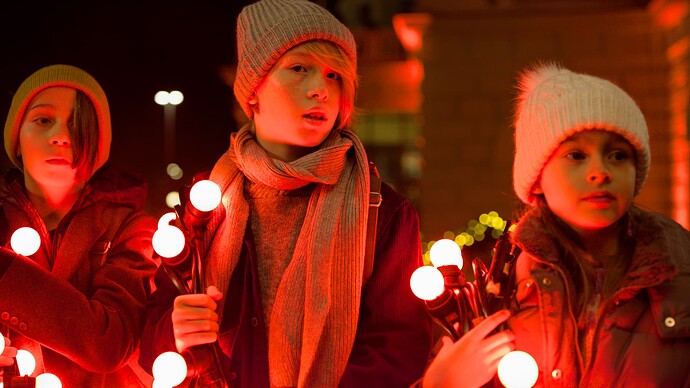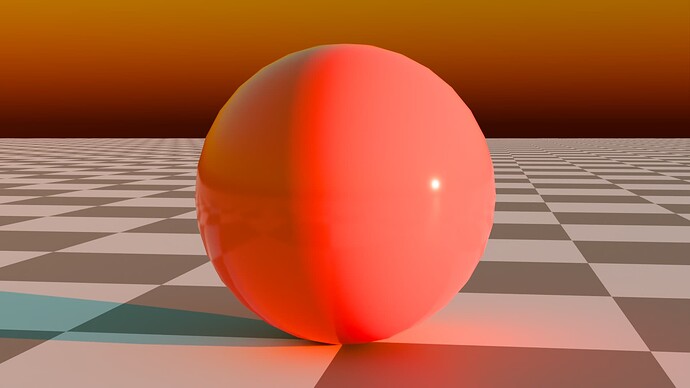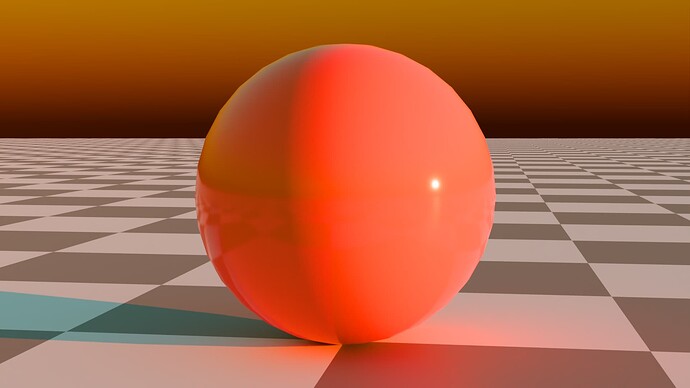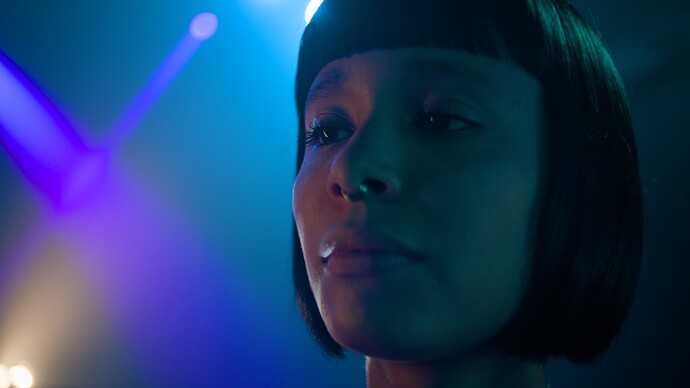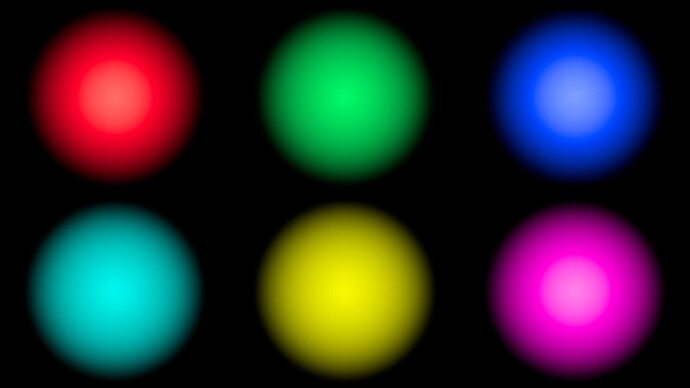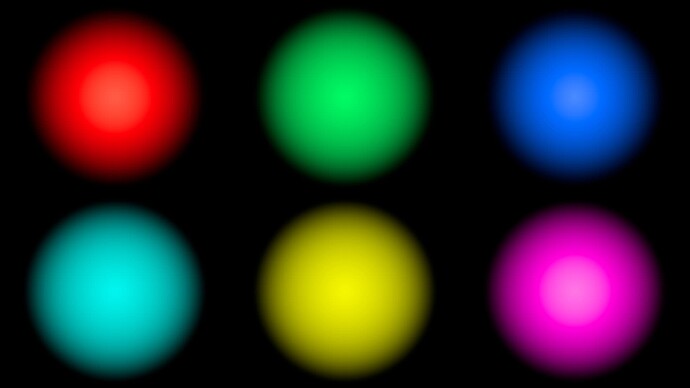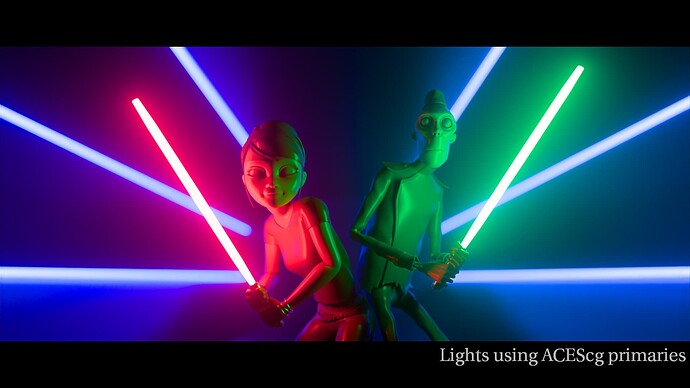Here is one more attempt at changing the transform so that we can retain colorfulness better in SDR and have smoother gradients. What I learned almost a year ago with the Alternative compress mode is that the reason why blue and red desaturate so quickly (and contribute to poor gradients) is partly the compress mode, and not the gamut mapper alone. In that thread I went over why we need the compress mode, but I now believe there is a way to entirely remove the compress mode from the transform.
I’ve done that as CAM DRT v054-pex1 experimental version, available from my repo under that name, as well as Rec.709 and Rec.2100 LUTs and DCTLs, available under the LUT directory. It does the following:
- Clamps the input chromaticities to the rendering space of the transform, that is AP1
- Removes the Björn compress mode (it’s disabled)
- Adjusts the custom LMS primaries
This brings the following (IMHO) positives (and no negatives that I have seen so far):
- Simpler transform as the compress mode is now unnecessary
- No negative impact for the inverse
- Preseve saturation better with highly saturated bright colors, especially red and blue
- Smoother gradients with highly saturated colors (still not perfect)
- Better SDR and HDR appearance match for highly saturated bright colors
I’ve tested this with both SDR and HDR. This was a quick test and with small parameter adjustments it can be improved more. To my eye the match is markedly better with highly saturated colors, especially in images like the Blue Bar (good match), and in the color gradient images (improved match).
Below are images of v053 sRGB vs v054-pex1 sRGB, in that order.
